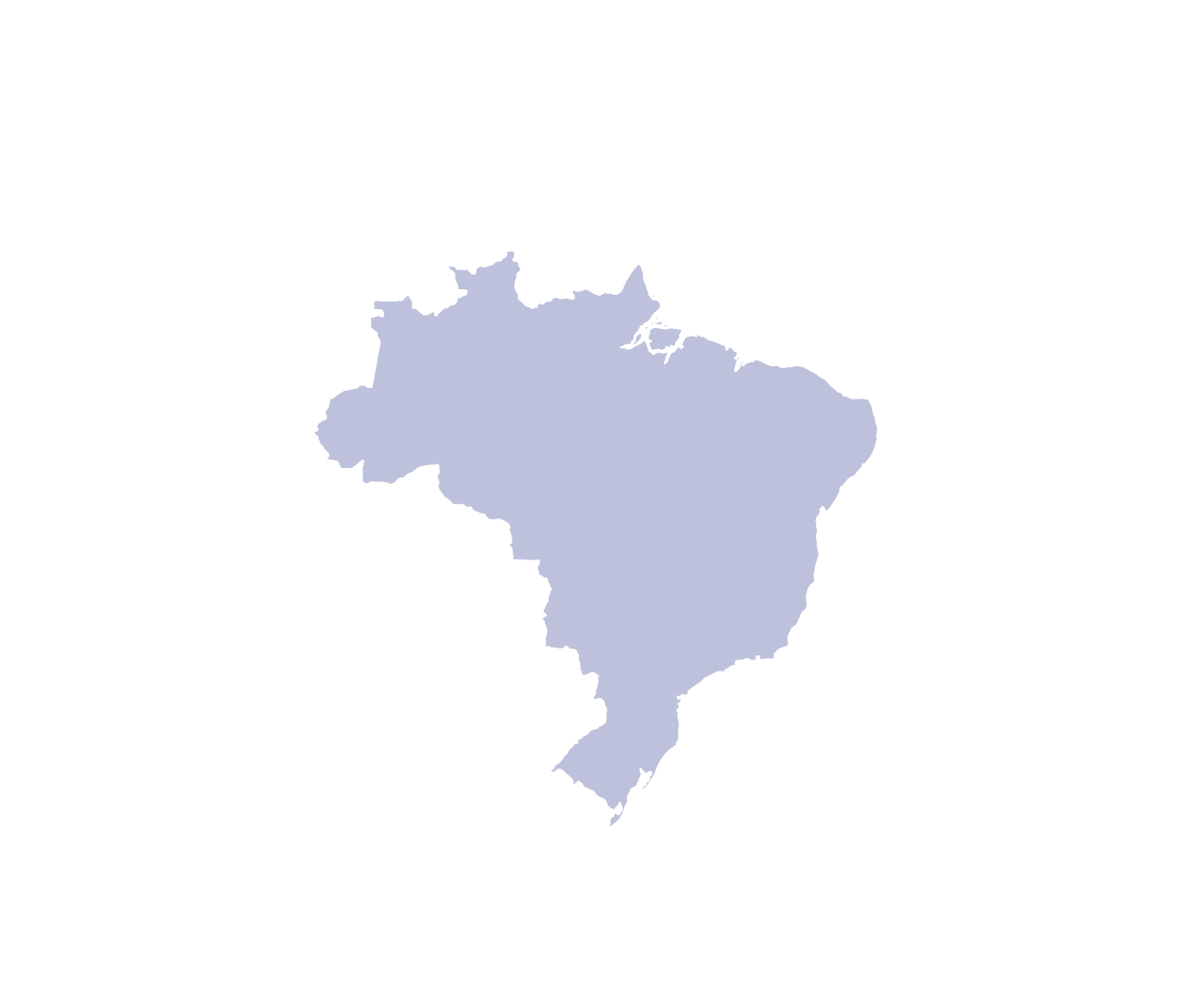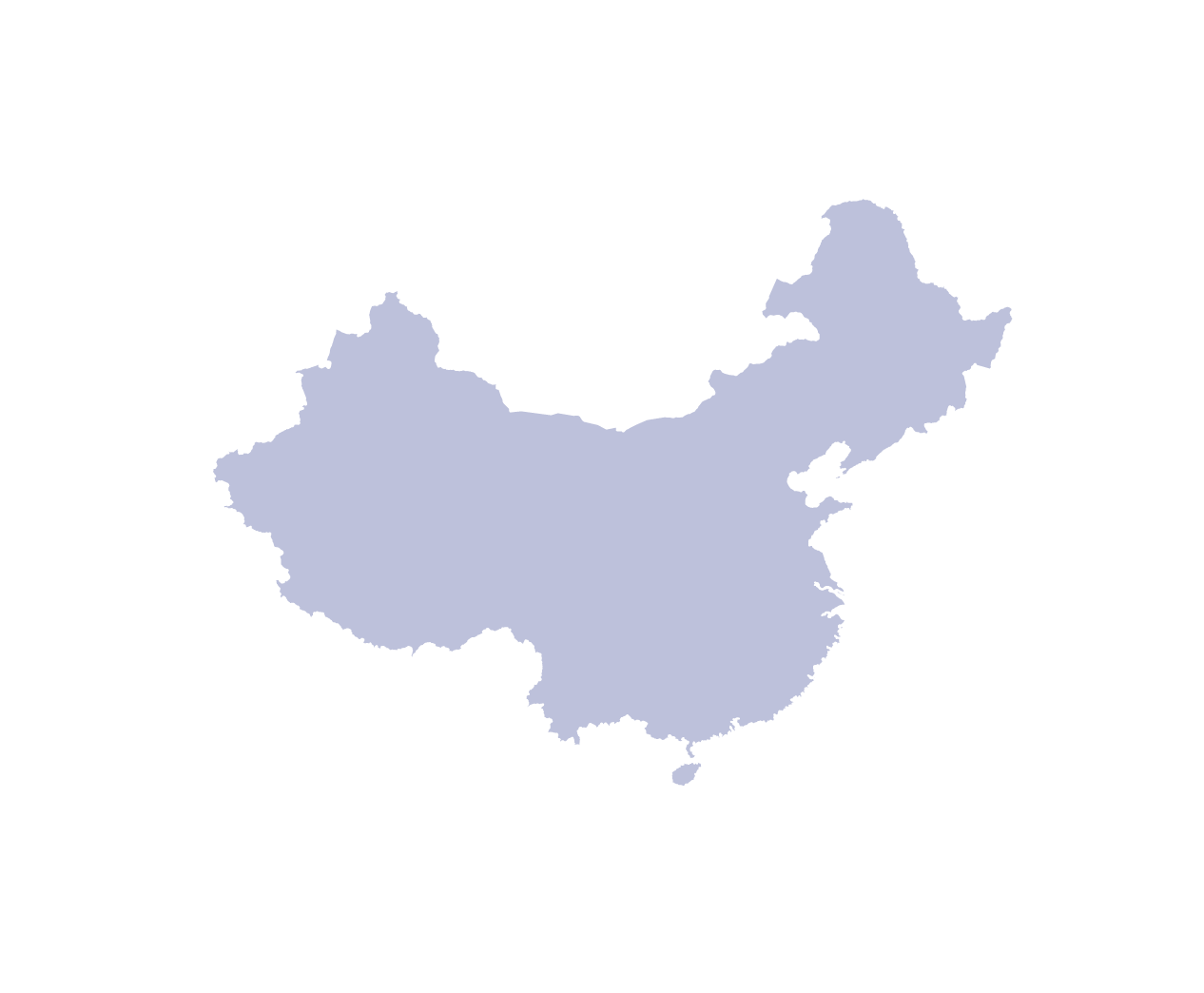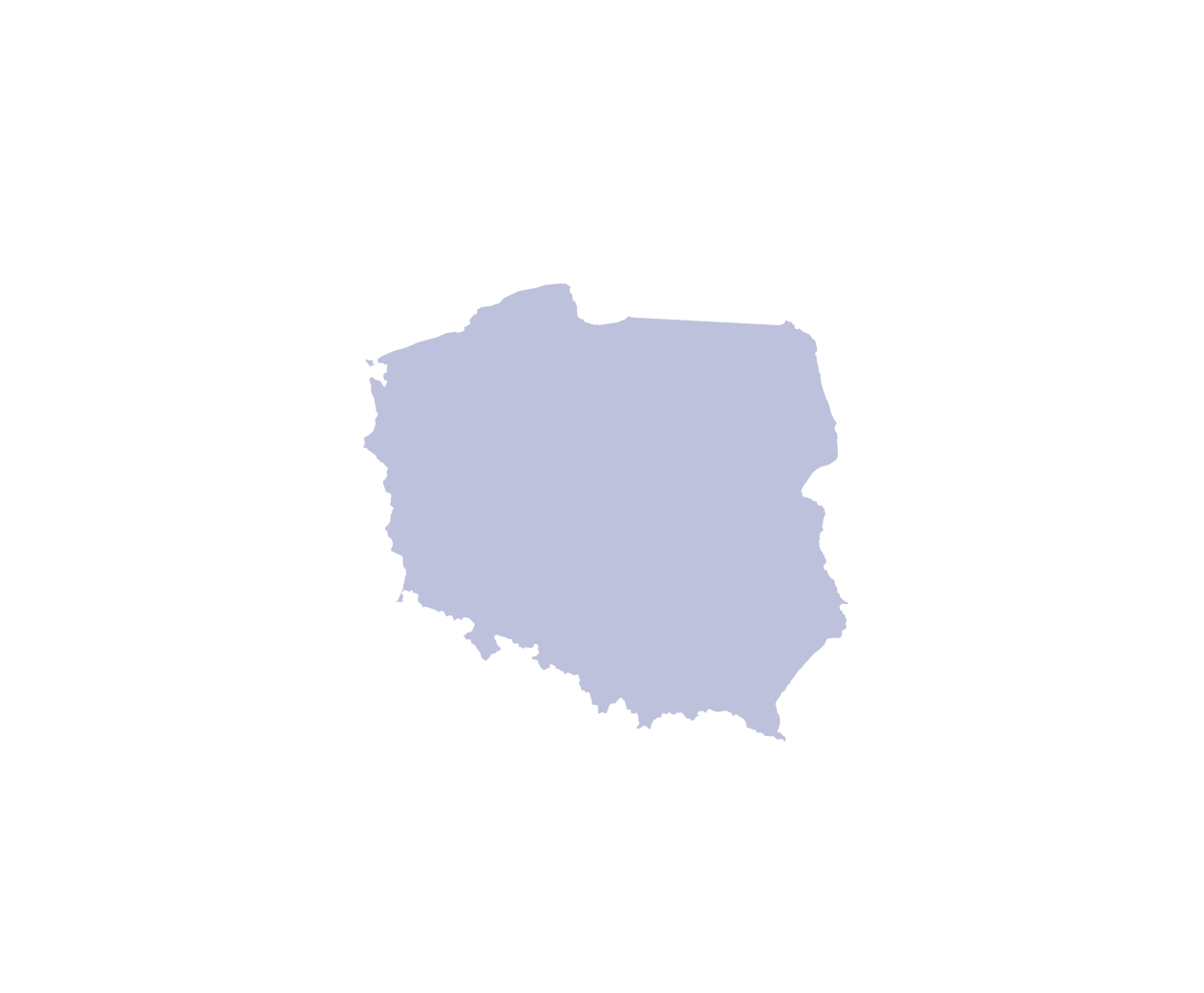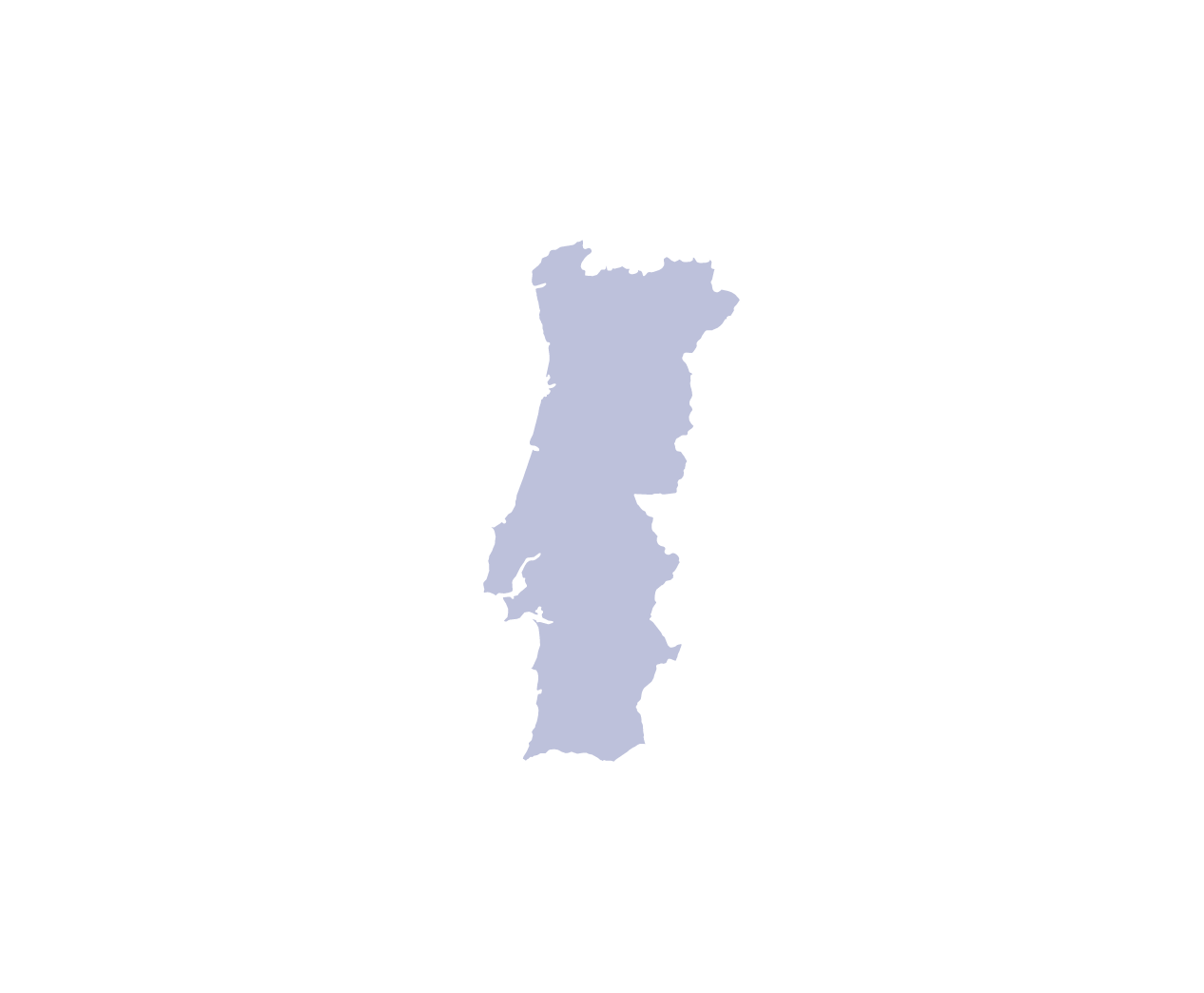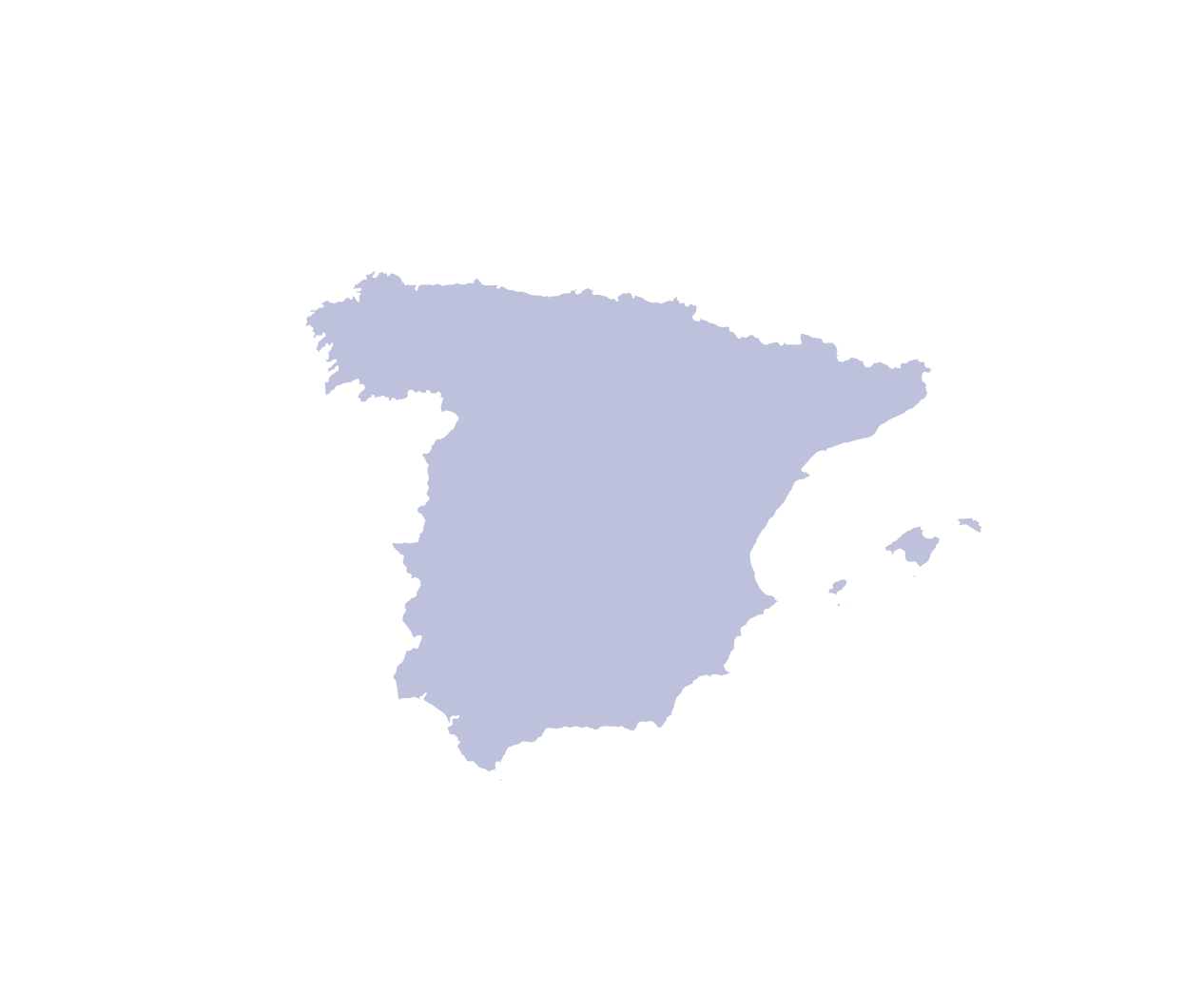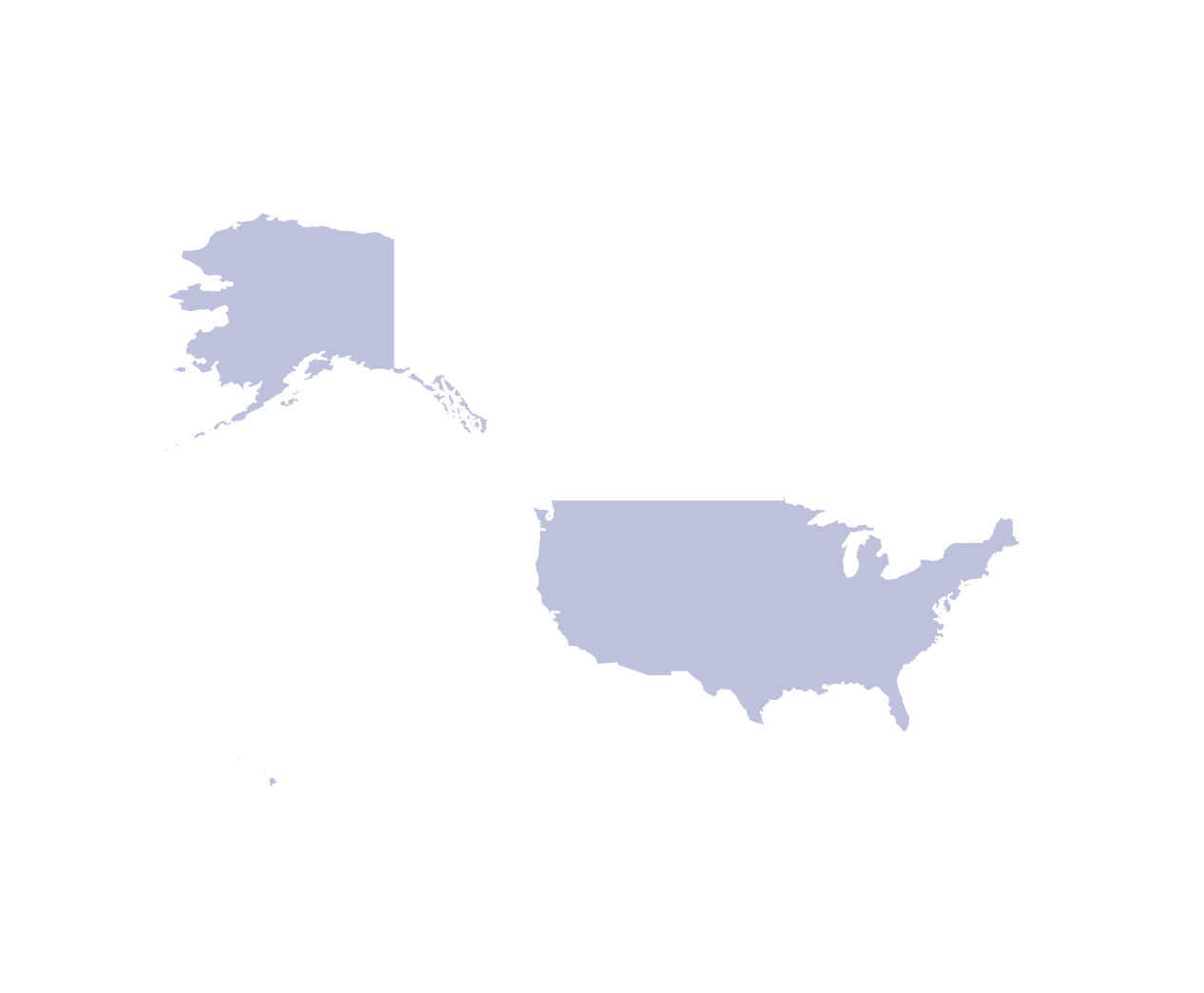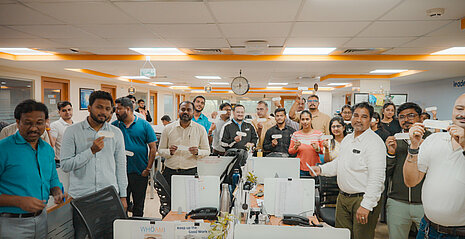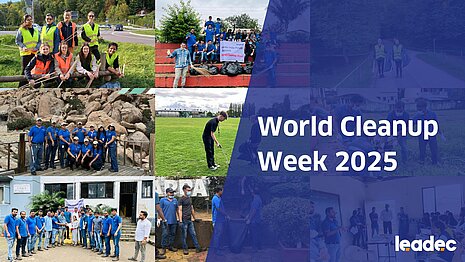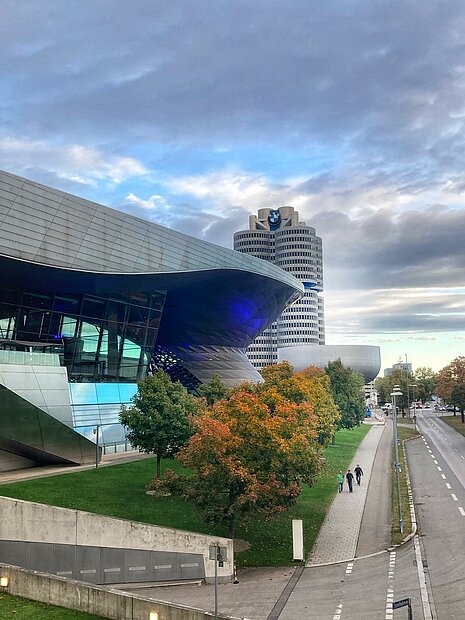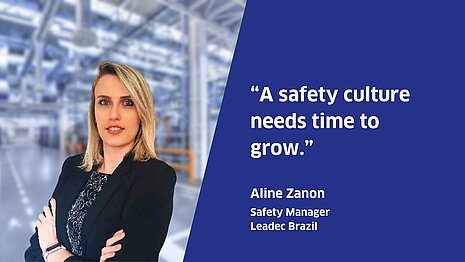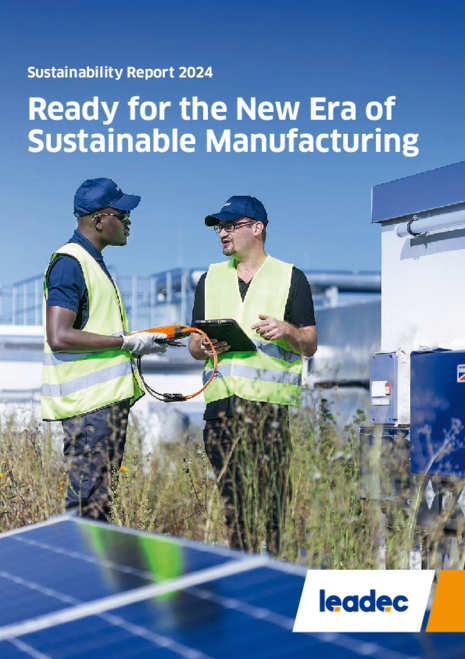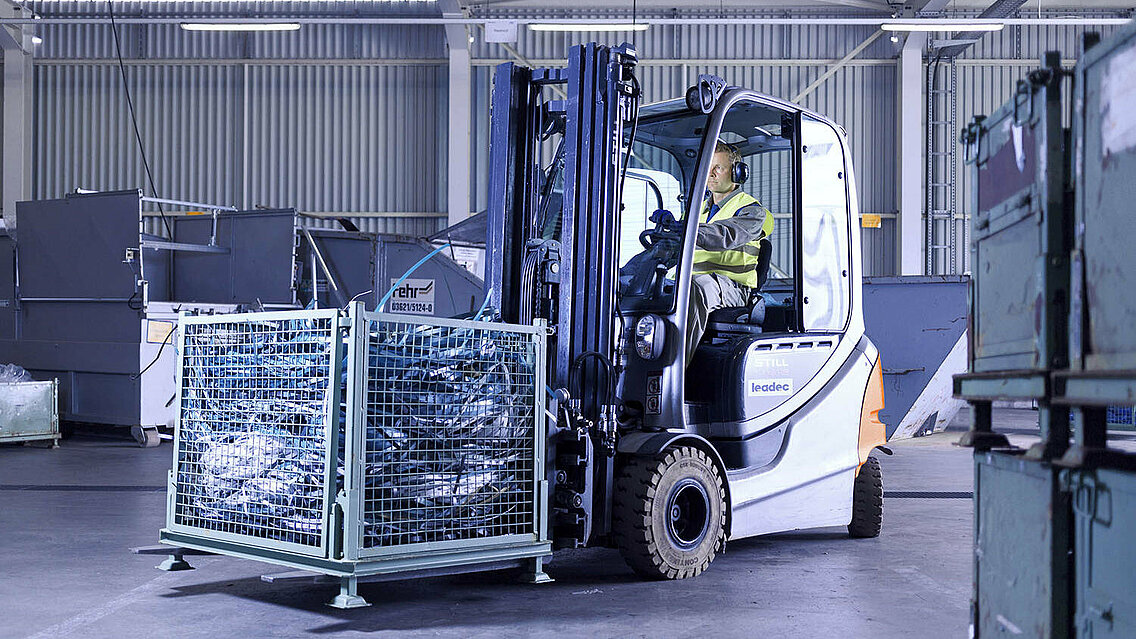
In the first half of 2024, the solution based on the pilot project was rolled out at both sites. More than 6,000 waste containers and their locations were recorded and equipped with barcodes. These barcodes contain information such as container type - for instance, 1.1 m³ or 240 liters in volume - and the tare weight. Full containers are transported via electric carts over a scale, where they are weighed and scanned. This enables precise tracking of waste types and waste flows.
“We gradually integrated the buildings into the solution, and since mid-2024, regular operations have been running smoothly. The Digital Waste criteria have even been added to the quality matrix that the customer uses to assess our performance,” explains Terence Gudat, Project Manager in the Smart Factory Group at Leadec.
A new home: The Leadec Industrial Cloud
At the end of March, the DWT solution was migrated to the Leadec Industrial Cloud. This cloud not only offers greater transparency in terms of capacity utilization and costs. Since it is managed entirely in-house, it also enables “faster response times and better application availability for our customers and ourselves,” says Terence Gudat.
Focus on scalability
The customer’s vision is to record all material flows via the DWT solution by the end of 2026 - including those that Leadec is not directly responsible for. One example is mixed scrap. The Smart Factory Group has already developed a concept for how integration into the system can be achieved.
A prerequisite for this is that all containers are properly marked so that their origin and weight are recorded. They are then delivered to the waste management center, picked up by Leadec using forklifts, weighed, and unloaded into designated bins.
“In principle, we can capture and analyze all material flows. The Leadec Industrial Cloud gives us a better support structure and allows us to scale the solution more easily,” the project manager adds.
Clear benefits
The advantages are obvious: Digital Waste Tracking not only provides better transparency over waste flows, increases recycling rates, and reduces costs. It also helps meet key regulatory requirements such as sustainability reporting and supports ESG strategies defined in the context of the EU Green Deal. For example, users can easily demonstrate which residual materials are generated in the plant and where they originate. And by combining on-site services with digital solutions, Leadec creates real added value for its customers.
More projects on the Leadec Industrial Cloud
The Leadec Industrial Cloud marks an important milestone for the company, as it enables seamless digital solutions. In addition to Digital Waste Tracking, the in-house cloud is also used for the asset documentation app, LARA 2.0.

